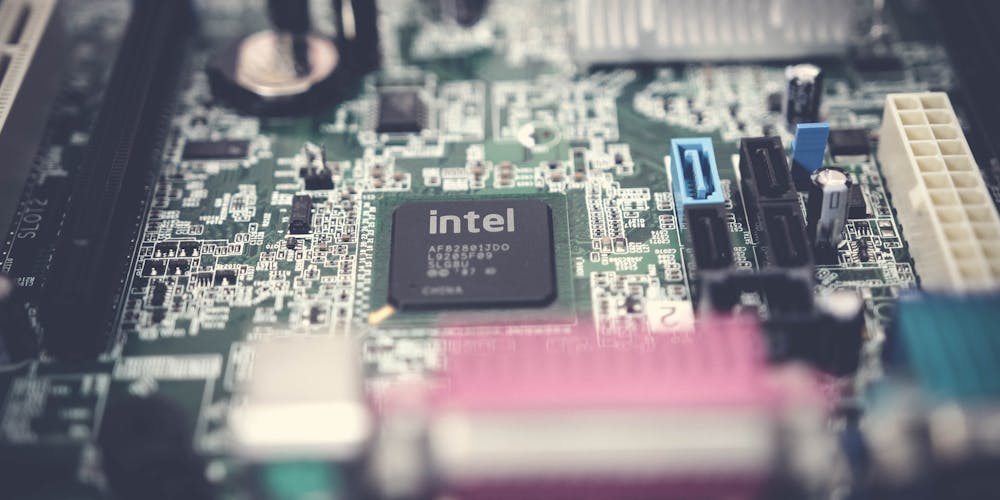In an industry where innovation and collaboration are key to staying ahead, Intel has set its sights on a daring endeavor to challenge NVIDIA’s stronghold in the artificial intelligence (AI) market. Rooted in collaboration and openness, Intel’s strategic plan aims to build an environment that is welcoming to technological synergies and shared advancements, particularly in the influential region of South Korea.
Fostering an Open AI Ecosystem
Intel’s Collaborative Approach in South Korea
Intel’s pursuit of AI market growth takes shape through strategic partnerships with leading players in the tech arena. By allying with pivotal South Korean tech firms such as Samsung Electronics and SK hynix, Intel underscores the significance of this techno-centric region to its overall game plan. Justin Hotard, Intel’s Senior Vice President of the Data Center and AI Group, expressed this commitment unambiguously during the Intel AI Summit Seoul 2024. He emphasized the importance of nurturing relationships with these giants to bolster Intel’s position in the competitive landscape of AI.
The essence of Intel’s strategy lies in the creation of an inclusive landscape that encompasses a wide array of technological areas—from personal computing all the way to complex data center operations. This openness extends beyond mere collaborations; it fosters a hotbed for innovation, particularly within Intel Foundry Services. Intel’s semiconductor manufacturing prowess stands ready, inviting potential partners to capitalize on its advanced capabilities. By doing so, a rich ecosystem where various entities can flourish is steadily coming to life under Intel’s guidance.
Countering NVIDIA’s Proprietary Edge
Intel’s move towards an open ecosystem could be seen as a calculated countermeasure to NVIDIA’s proprietary CUDA ecosystem, which has long been a source of competitive advantage for NVIDIA in the AI arena. Intel’s proposed open model is an invitation to diversity, access, and shared success in a domain that has, until now, been cornered by a select few. In advocating for a model that embraces a wider share of the market, Intel is subtly challenging NVIDIA’s exclusive dominance, paving the way for a more distributed approach to AI growth.
Aiming at Market Redistribution
Intel’s Vision of Technological Inclusivity
Taking on industry giants is never an easy feat, but Intel’s vision of an open and collaborative ecosystem for AI might just be the maverick move required to disrupt the established order. By working hand in hand with technological powerhouses in South Korea, Intel not only amplifies its market presence but also injects itself into the core of AI advancements where it aims to bring inclusivity and interconnectivity to the forefront.
Impacting the AI Sector’s Future
Intel, a perpetual force in the tech world, is embarking on an ambitious journey to disrupt NVIDIA’s dominance in the artificial intelligence (AI) sector. Emphasizing the importance of innovation and productive partnerships, Intel has crafted a strategy that focuses on fostering a cooperative technological ecosystem. By championing principles like openness and collaboration, Intel plans to create a setting that encourages technological unity and progress. This approach is particularly targeted at the powerful South Korean market, which is recognized for its influential role in the global tech arena. Intel’s calculated move signals its commitment to not only compete but also to advance in the AI landscape by utilizing the collective strength of shared knowledge and technological breakthroughs. The company’s forward-thinking tactics may well prove to be a game-changer in an industry that thrives on cutting-edge innovation and collaborative momentum.

